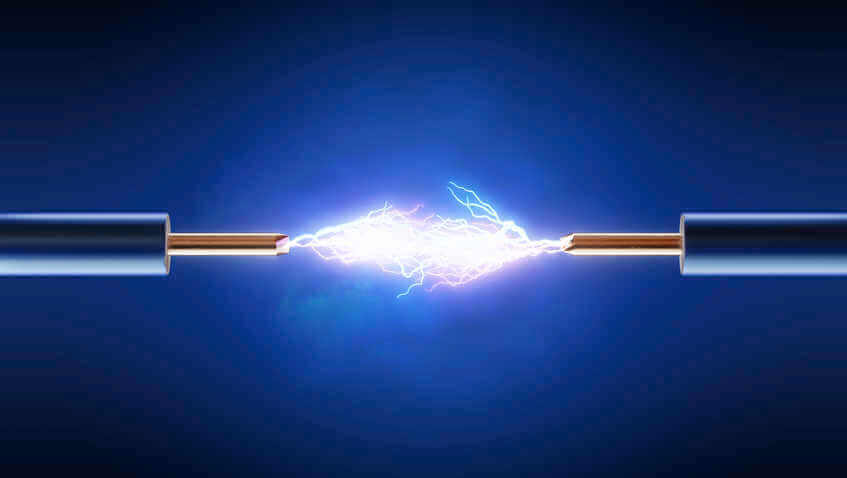The Resurgence of DC Power Systems
When we think of household electricity consumers assume all devices run on AC power, but are surprised to find that most modern electronics, televisions, computers and some appliances require DC power. The growth of electric vehicles, solar energy, information technology and the rise of energy cost have contributed to how facilities manage their power distribution systems.
Here are some of the leading factors that will drive DC power systems forward in the next decade.
Electric Vehicles (EV)
A decade since the revival of electric vehicles and igniting huge demand from consumers do we see development and mass production of high capacity batteries. This incentive has pushed cities to have charging stations in place for the upcoming surge in demand for battery powered vehicles.
For potential EV owners - the availability of charging facilities and the type of charge (i.e. level 1, 2 or 3) it supports is a huge concern. Fortunately, as more charging stations become available the practicality of owning an EV will relieve the dreaded range anxiety that many drivers fear. Residential and commercial buildings will need to retrofit charging facilities around built-up areas in conjunction with dedicated charging stations in more remote areas to extend the range and accessibility of electric vehicles. The ability to recharge parked vehicles while running errands and then returning to a full battery will only allow consumers make that major leap into the EV world easier.
Facility owners will need to be concerned with the best way to implement charging equipment for new or existing buildings. If the building draws it energy from the grid then AC current is being delivered through large transmission lines and stepped-down into smaller loads to commercial and industry complexes. It will be ideal to have a DC power distribution system in place along with DC meters to monitor power usage to identify potential energy efficient scenarios. Otherwise, generating DC energy using solar panels is another option and routing the power directly to the charging facilities.
Solar Energy
Solar panels are often installed directly on the facility and is capable of converting PV into electricity making DC systems a logical choice for power distribution. It can be used immediately, stored in batteries for future consumption or siphoned to the grid and monitored with bi-directional power meters. In the past, installation cost of solar panels was the main prohibitive factor and the cost-benefits did not always equate to savings thus preventing mainstream adoption. However, solar panel cost have since come down to the point where prices are in direct competition with fossil fuels. Investment and installations have also seen double digit increases over the last few years in the US and continue to have large growth potential. The actual installation is still small in comparison to other energy markets, but expect it to change drastically in the next decade.
Information Technology & Data Centers
The growth of how large businesses and academic institutions process data have had a huge impact on how IT networks and data centers manage their energy distribution. The hardware circuits required in system networks rely on DC power and come equipped with an inverter that converts AC to DC where the voltage is often stepped down in the process. In many facilities the step down process occur multiple times to the specific device and creates a loss in energy during each instance. The energy lost is released in the form of heat that can quickly damage onboard circuits without proper equipment to mitigate the effects of overheating which further adds to more energy consumed. The number of energy conversions can be reduced by using a DC UPS and coincidentally requires less cooling in the process. DC power meters can also be used to monitor energy activity to help optimized day-to-day operations to optimal energy management.
Affordability and Sustainability
Even though various technologies have been a major contributor to the resurgence of DC power it has been helped along with rising energy cost and the demand for a more sustainable alternative. Facility owners understand DC system can potentially create cost savings by being more energy efficient. DC systems will play a greater role in the future.

